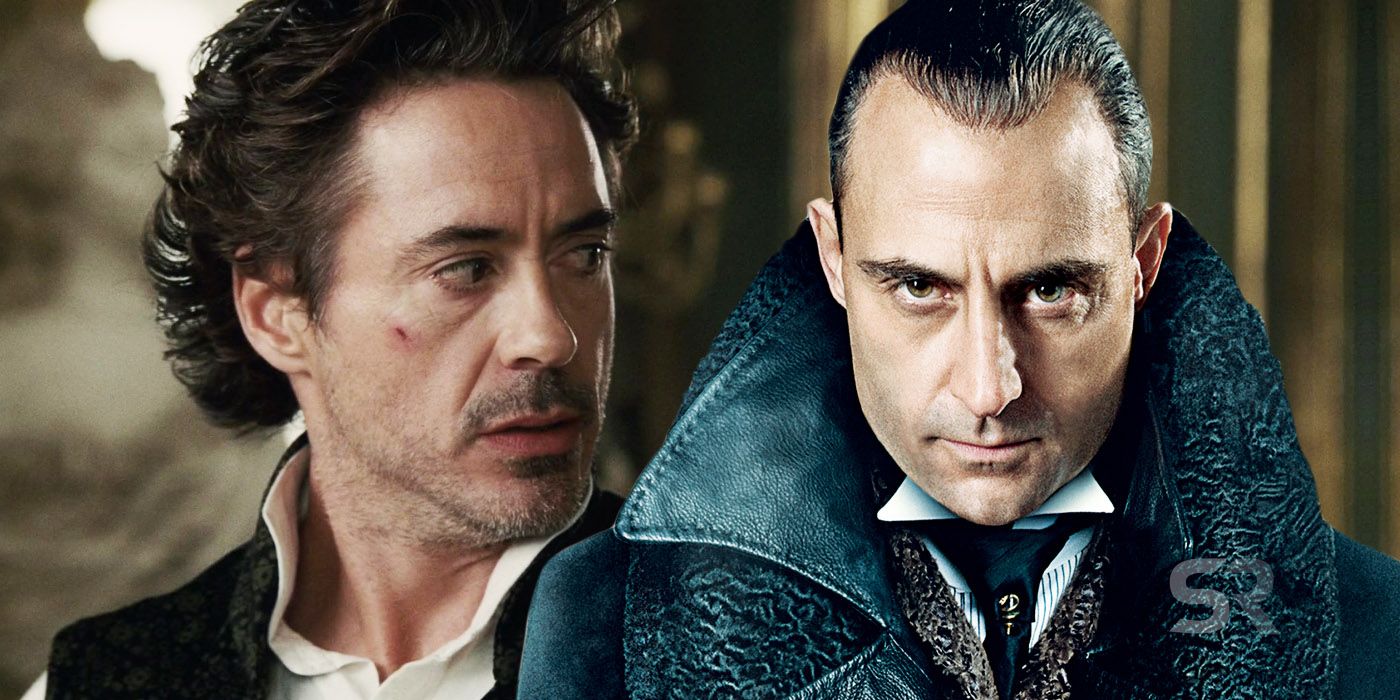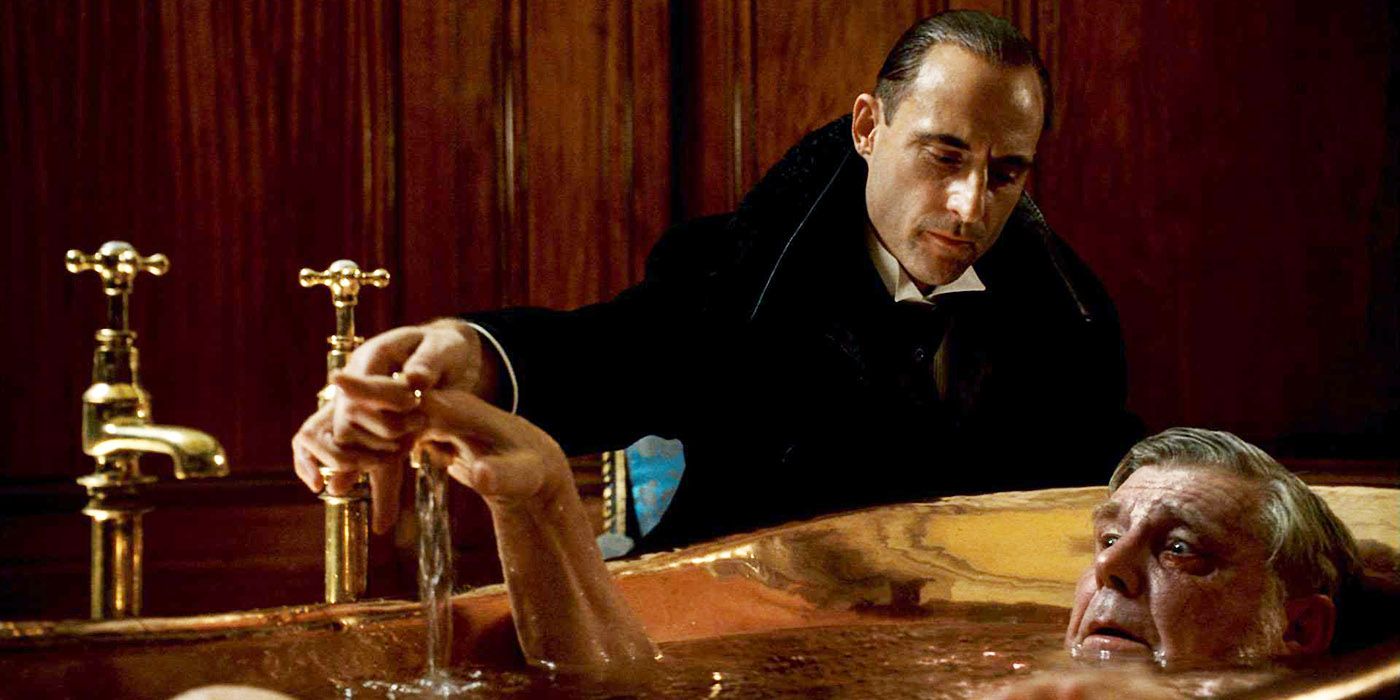Sherlock Holmes introduced audiences to Lord Henry Blackwood, an aristocratic serial killer and cult leader with a very elaborate plan, which included faking his death – but how did he achieve that, along with many other “magic tricks” that resulted in the deaths of many people? The famous detective has been adapted to all types of media for over one hundred years, and one of his most popular adventures on the big screen arrived in 2009 thanks to Guy Ritchie.
Simply titled Sherlock Holmes, the film had Robert Downey Jr as the title character, Jude Law as Dr. John Watson, and Rachel McAdams as Irene Adler. Set in 1890, it follows Holmes and Watson’s efforts to stop an occultist’s plot to expand the British Empire by seemingly supernatural means. The villain in question was Lord Blackwood (Mark Strong), a completely new character in Sherlock Holmes’ universe and who thought he had fooled Holmes and company with his supposed black magic abilities, which turned out to be some truly elaborate and evil tricks. Blackwood’s plan began even before he was “killed”, and continued with the faking of his death and the supposedly inexplicable and supernatural deaths of some of his enemies – but as this is a Sherlock Holmes story, the detective eventually figured it all out.
Blackwood made his followers believe that his expertise in the occult and the mystical arts granted him immense power to perform impossible tasks, such as resurrection. Blackwood’s plan and tricks began when he paid a guard to pretend to be possessed right outside his cell so other inmates would fear him and he could have Holmes visiting him as a last request. His fake death was also possible thanks to some secret allies: he had a harness around his waist that, with the help of a clip on the noose, shifted the weight to his waist, making him look as if he had been hanged but leaving his neck intact. Watson was in charge of checking Blackwood’s pulse and declaring him dead, and Blackwood was able to fool him thanks to a potent toxin taken from a Turkish plant that suppresses the pulse and induces the subject into a comatose state. Blackwood was later able to break his own grave by having it shattered before and then glued together with an adhesive made of egg and honey that can be washed away by the rain.
Blackwood’s tricks continued after that when he killed his father, Sir Thomas, who drowned in his bath. Holmes explained that this was a difficult one to solve, as it didn’t leave any traces, but he managed to figure it out: Blackwood mixed Thomas’ bath powder with a paralytic concoction that once it came in contact with copper (the material the tub was made of) and water, it triggered a chain reaction that caused him to drown – and once the water was drained, it was completely undetectable. Later, ambassador Standish was killed by a supposed spontaneous combustion-inducing spell, but in reality, he was sprinkled with a flammable chemical at the door, which was ignited by the sparks from a rigged bullet. Lastly, Blackwood’s final trick which couldn’t be completed: a chemical weapon based on cyanide and refined in the belly of dead swines in a slaughterhouse, which he would have used to poison Order members, but his followers would have survived as he had them drink the antidote, making them believe it was something else.
Holmes exposed Blackwood as what he was: a fraud, but Blackwood didn’t live to see that, as he plummeted off the incomplete Tower Bridge and fell entangled in a noose of chains, killing him when the chain wrapped around his neck. Blackwood was only the beginning of Holmes’ problems in Guy Ritchie’s films, as the ending set up the introduction of Professor Moriarty in the sequel. Blackwood was clever, but not enough to fool the one and only Sherlock Holmes.


